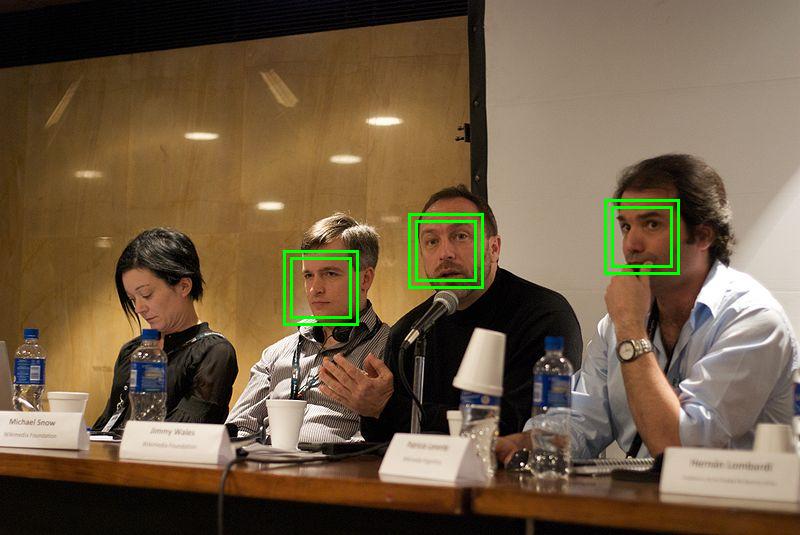 |
| pic https://c1.staticflickr.com/5/4318/35933760125_ecef823c7f_b.jpg |
Fashion choices are very much influenced by what shoppers see online. One way brands can grab audience attention is through social media.
GlobalData surveyed 5,000 U.K. shoppers and found 30.4 percent of U.K clothing shoppers are using social media to inspire their clothing choices. The survey revealed that even though Facebook still dominated shopper attention overall, it was not as popular among younger generations. This year’s Piper Jaffray Taking Stock With Teens® survey took note of the preferences of 6,000 teens in the U.S. Only eight percent of teens admit to using Facebook, making it the second least favorite social media platform, ahead of Pinterest.
However, Facebook-owned Instagram has seen so much retail success that it just added that shopping capability to Instagram Stories. The company’s June 12 announcement referred to the 300 million who check Instagram Stories daily.
Read more in







